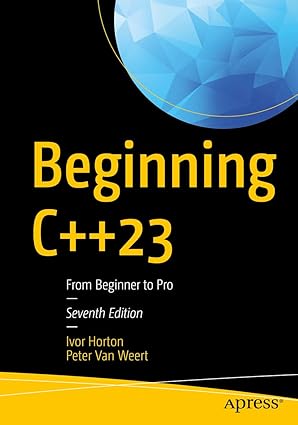Amazon Lumberyard is a free, cross-platform 3D game engine developed by Amazon Game Tech. It is based upon Crytek’s Cryengine. This AAA game engine is written in C++ and Lua. Lumberyard develops games for the PC, Mobiles and consoles i.e., Microsoft Windows, iOS, Android, PlayStation 4 and Xbox One. The most prominent feature of the engine is its integration with AWS (Amazon Web Services) and Twitch. Lumberyard is designed for performance, modularity, and productivity.
The engine was first launched in February 2016 with GameLift, a service that deploys and hosts multiplayer games. In March 2018, the beta version of engine was released that can be used to build games for Windows, PS4 and Xbox One. The beta 1.3 version included Virtual reality so it supported the devices like HTC Hive and Oculus Rift (both being the Virtual Reality Headsets).
Lumberyard is based upon CryEngine, means it offers the same gorgeous 3D environments and real-time effects. Never-the-less many significant developments have been made upon the engine. As the Amazon developers continue to make upgrades in the engine, it can go further away from CryEngine. Some of these upgrades include The Component Entity System, Fur Shadding, Modular Gems, Script Canvas and many others.

Kickstart your coding journey with Beginning C++23 – the ultimate guide to mastering the latest in modern C++ programming!
View on Amazon
Lumberyard is free to use: No royalties, no license fee and no upfront cost. But it is free only if you are making a single player or local-only multiplayer game. For online multiplayer game, developers have to pay the fee for AWS (Amazon Web Services). Using AWS developers can build and host their games on Amazon’s servers. As stated by Amazon, the engine is designed for effortless compatibility with AWS. In addition to AWS, Lumberyard includes twitch integration. Twitch Chatplay allows developers to interact easily in real-time with the viewers into the gameplay. On August 2017, the source code of the engine was made available for public on Github under proprietary license.
Features
- Character Animation
- State-of-the-art lightening and soft shadow
- Screen space reflections
- 3D water quality
- Offline rendering
- Multicore support
- Realistic physics
- High quality environmental audio
- Data driven sound system
- Motion blur and depth of field
- Particle Editor
- Cloth Physics
- Weather Effects
Games Developed on Lumberyard


Some Other Useful Resources
- Lumberyard Official Website: http://aws.amazon.com/lumberyard
- Twitch Official Website: https://twitch.tv/
- Amazon Web Services Official Website: https://aws.amazon.com/
- Source Code: https://github.com/aws/Lumberyard/
- Engine Documentation: https://docs.aws.amazon.com/index.html?nc2=h_ql_doc






